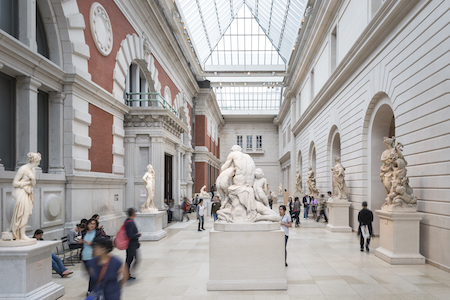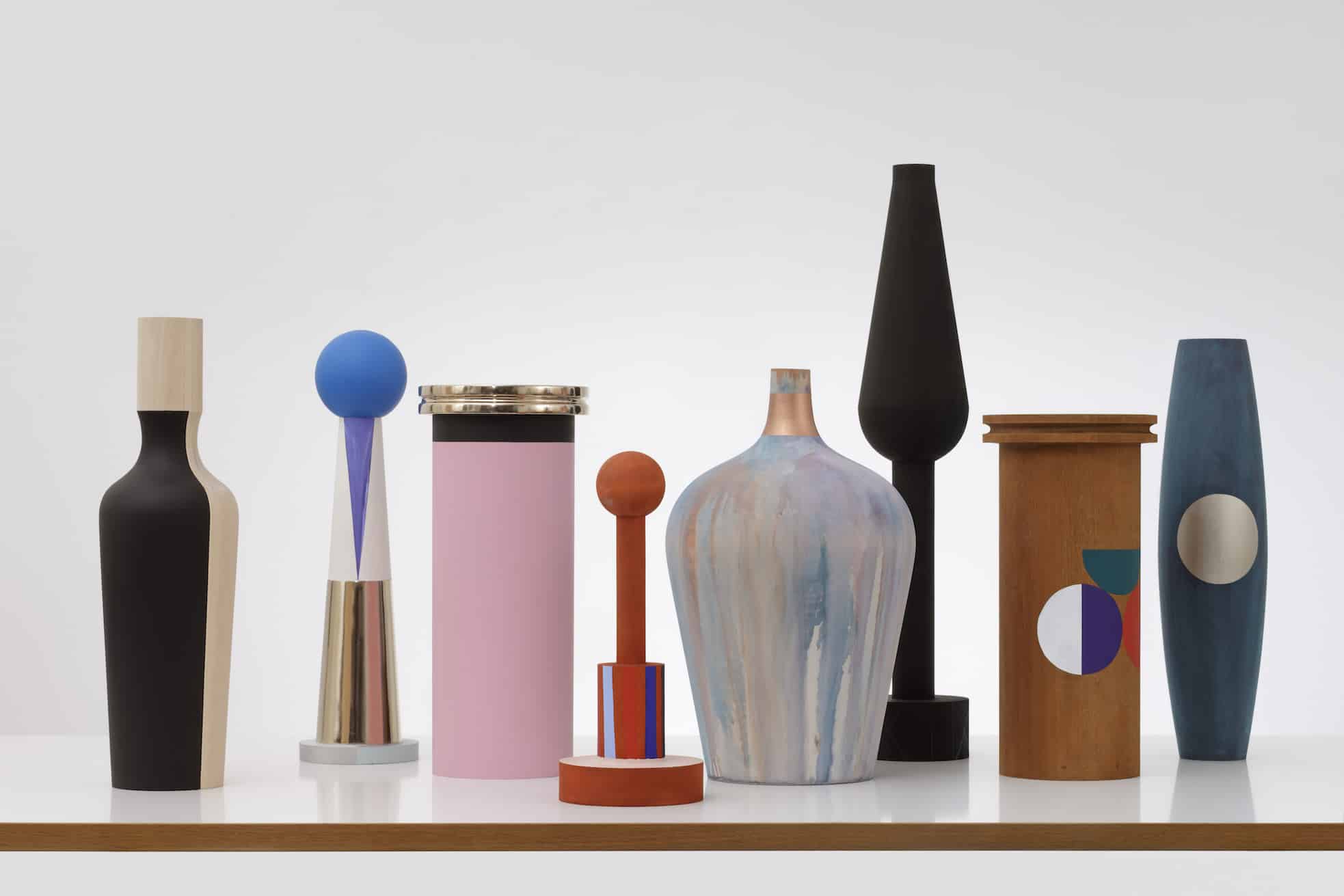Currently up at Garboushian Gallery in Beverly Hills is John Seery’s solo show, his first in nearly two decades. Gallery owner Herair Garboushian met the artist, lauded for his contribution to the 70s movement Lyrical Abstraction, two years ago, and saw what was to him an artist on the verge of a breakthrough. We got a hold of Seery to talk about the new work.
WHITEWALL: Peter Schjeldahl called you “the most exciting abstract painter of the 70s”. At the time, what did that sort of praise mean to you? And now, decades later?
JOHN SEERY: When I first started out, I went through many years of work in NYC with little recognition. Like many other young artists, when recognition finally did come I imagined I would be excited, but the reality was it gave me a moment of rest; I had a great appreciation for Peter Schjeldahl’s writing. The urge to paint returned—quickly and with more energy.
Although so much has happened since then, I would hope that those comments still apply to my work today.
WW: You are grouped with the 70s movement of Lyrical Abstraction – how would you, as an artist, describe that movement?
JS: This period was not an act of contrivance by the artists. The name came from a collector named Larry Aldrich. Many at the time thought Lyrical Abstraction was reaction against some previous form of painting, but in reality it was an affirmation of painting. Rather than attacking the painting from the outside, it was more of an entering into or inhabiting the painting.
John Seery, First Love, (2009), 103 x 83 inches, courtesy of Garboushian Gallery, Beverly Hills.
WW: After being very active in the art world in the United States, why did you stop showing your work here?
JS: An opportunity opened for me and my wife to move to Hawaii after my previous gallery, André Emmerich, in NYC closed. I had previously visited Hawaii after a show in Sydney, Australia. While there I didn’t actively look for a gallery, but unexpectedly I met a few art collectors who appreciated my work and became long term patrons.
WW: After two decades, how does it feel now to show your work again?
JS: To be completely truthful, I have shown intermittently in Europe, mostly Zurich and Italy. Herair Garboushian (owner of the GARBOUSHIAN GALLERY) approached me to show in his new gallery in Beverly Hills, around the same time I had just finished a number of large oil paintings while living in southern Alabama. The time was right.
It’s happened to me a number of times: I’ve done paintings that, in a way, surpassed my expectations so much that I thought they were failures. They were so powerful that I didn’t understand them at first. I had surpassed limitations I put on myself.
WW: How do these works differ from your past paintings?
JS: The earlier works are acrylics, which possibly gave them a more romantic component; my new oil paintings have a more aggressively direct and powerful presence. The richness and texture of the new work is something I could never have achieved with acrylics. They were all painted outdoors, which is something I’ve never done before.
WW: How long did it take you to complete the show and what can viewers expect of it?
JS: The new work in the show took 2 1/2 – 3 years to complete. I’ve never been to Beverly Hills, much less shown my paintings there. How would people react? Were they looking for gimmickry, jokes, or something innately beautiful without seductive commercialism? While hanging the show and during the opening, the response was quite enthusiastic. People who were familiar with my work were able to see that same ability, but more electric.










